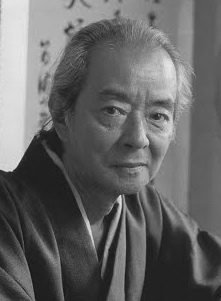Hiroshi Yoshida (1876-1950)
Hiroshi Yoshida, born Hiroshi Ueda in 1876 in Kurume, Fukuoka, was a pivotal figure in the shin hanga movement, renowned for his exquisite landscape prints that combined traditional Japanese woodblock techniques with influences from Western art. Yoshida's early artistic training began under Tamura Shoryu in Kyoto, followed by further studies with Koyama Shōtarō in Tokyo. His deep appreciation for landscapes was further cultivated through extensive travels across India, the United States, and Europe, where he not only absorbed diverse artistic expressions but also showcased his work, beginning with his first American exhibition in 1899 at the Detroit Museum of Art.
In 1920, Yoshida ventured into woodblock printing, collaborating briefly with Shōzaburō Watanabe before establishing his own studio in 1925 after Watanabe’s shop was destroyed by the Great Kanto earthquake. This move marked a significant phase in his career, where he adopted a hands-on approach in the printmaking process, often carving his own blocks and closely supervising every print. This led to the creation of prints with the Jizuri seal, indicating they were self-printed. Yoshida’s works, known for their vibrant depiction of natural scenes from his travels and mastery in capturing light and water reflections, were highly esteemed both in Japan and internationally. He continued to create influential prints until his last sketching trip to Izu and Nagaoka at the age of 73, just before his death in 1950. His legacy is continued by his sons, Yoshida Toshi and Yoshida Hodaka, who are also respected artists in their own right.
 |
 |
 |
Portraits of the artist Hiroshi Yoshida

Signature of the artist Hiroshi Yoshida

